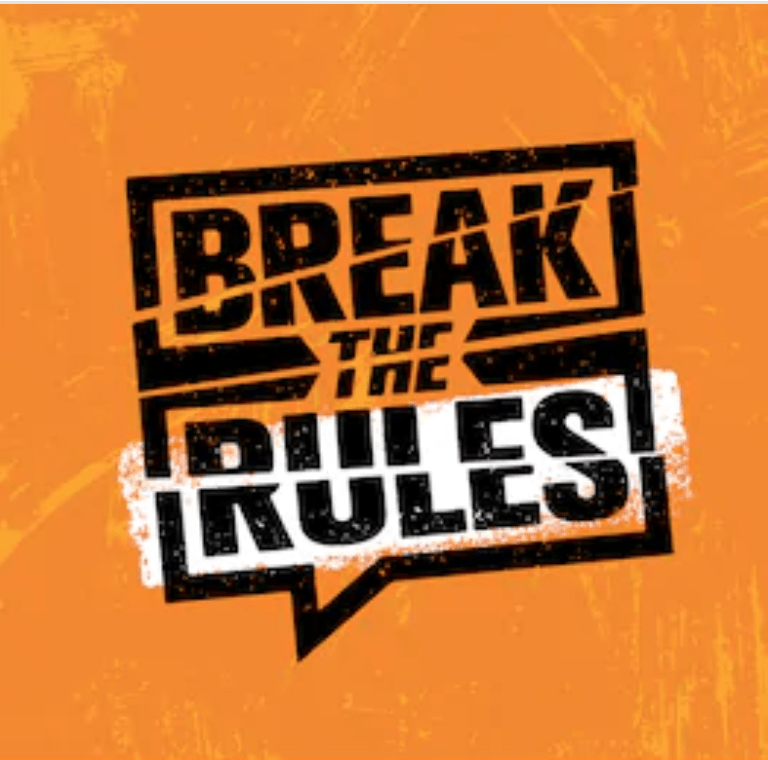As most financial advisors know, the “Rule of 66” refers to the percentage of the next generation who fire their parents’ advisors. “Fire” is a bit harsh ― it’s rarely as a result of any ill will ― so let’s say they do not choose them as their own advisor.
The percentage fluctuates depending on the source, but it’s never lower than 60%. According to a study WealthManagement.com shared in 2015, 62% of ultra-affluent next-geners said they would likely change advisors.1 That’s a significant problem considering how much wealth is at stake. An article in Financial Advisor projected that Baby Boomers may pass on as much as $41 trillion to the next generation over the next 30 years.2
The situation is not as daunting as it sounds. In fact, the opportunity to keep a family’s assets under your management is well within reach. According to the same Financial Advisor article, the next generation would welcome a relationship with their parents’ advisors. What’s standing in the way is that many advisors aren’t building that bond early enough. That’s to say – if they do at all. A Legacy Capitals national survey cites 67% of advisors admitting that they haven’t met their clients’ children.
The first step in improving the relationship is probably obvious at this point: meet the children. But to foster a lasting connection, a little more effort is required than a meet-and-greet. Here’s the secret recipe for keeping that next-gen as a client.
Break the Rule of 66 Recipe
Engage them as early as you can. Even if they’re too young to understand what you’re helping their parents with, it’s not too early to develop a rapport. Host family events like a picnic or an easy hike. This will give them a sense of familiarity with you in a kid-friendly setting. These early impressions are important, so make the effort to involve them some in the conversation.
Offer early education. Children around age 7 or 8 are capable of understanding basic financial principles. With the parents’ approval, you could give them a Moonjar or a Smart Piggy Trio Bank. With their parents, explain to them how the system works. Think of this like the piggy bank 2.0. While a piggy bank establishes the concept of saving and is great for kids around 4 years old, it’s focused on short-term saving. Most of what’s saved is ultimately spent. These more advanced banks introduce the concept of spending only a portion of what they’ve saved. With two separate boxes for Spend and Save, they get acquainted with the idea of long-term saving. There’s also a Share box, which lays the foundation for charitable giving. You can find additional financial education ideas to share with your clients in my previous blog, 7 hacks to teach your kids about money.
Encourage your clients to include their children in the planning process. Once they’ve reached their teens, they’re ready to learn about things like their parents’ 529 College Savings Plan or retirement accounts. Doing so helps to stretch their concept of long-term saving and highlight the importance of planning. Have a conversation with their parents to find out what they’re comfortable introducing. However, at some point, they should be made aware of their parents’ entire legacy plan as well as where they keep all of that information. Including the children early on will not only help them understand their parents’ plans but also encourage them to think about developing their own.
Offer more in-depth training and mentorship. Many parents struggle to provide financial education to their kids because they don’t know where to start. You might host financial education seminars for the kids of your clients or, in some cases, develop a custom education plan. Your current clients will be grateful, and your pupils will remember where they learned to manage money.
Involve them in planning. Your clients have agreed it’s time for their kids to have a seat at the table. This is where the fun begins. Now, you get to introduce them to the legacy planning tool that houses your clients’ entire estate. You’ve been working with your clients to get all of their assets accounted for and organized. There’s a sound financial plan in place. In addition, you’ve captured family traditions, stories, and memories that they want to pass down. You’ve also proposed a secure yet easy-to-access spot in the cloud to store all of this.
The Secret Sauce
Because you’re using a technological solution such as LegacyShield instead of file folders, your clients’ children are going to be more engaged. Access from anywhere, anytime? Now, you’re speaking their language. Take them through the account, and explain all of the pieces of the plan to them. You’ll be able to define any financial concepts or terminology they don’t understand, and their parents will be able to explain their motivation for creating the plan and the values it supports, e.g., the portion of the estate that’s earmarked for a charity that’s meaningful to the family. They’ll also be able to see how easy it is to access all of this information down the road when it becomes necessary.
Following this, keep the kids in the loop. Invite them to be part of the regular planning meetings, and encourage them to suggest ideas or provide input. Each meeting is an opportunity to further cement the importance of organizing one’s financial life and illustrate the benefit of using a legacy planning solution as their parents have.
Keep in mind, you don’t have to follow every step outlined above to build a fruitful relationship with your clients’ children. These are merely suggestions from which to pick and choose what fits your advising style or help you generate ideas of your own. The point is to recognize the value in engaging the next generation and break the Rule of 66. How you choose to do that is up to you.
1Rosenthal, Mindy. “Five Strategies for Retaining Next-Generation Clients.” WealthManagement.com. 11 March 2015. https://www.wealthmanagement.com/next-gen-investor/five-strategies-retaining-next-generation-clients
2Longo, Tracey. “Will Your Clients’ Kids Freeze You Out?” Financial Advisor. 1 Feb 2019. https://www.fa-mag.com/news/will-your-clients–kids-freeze-you-out-42880.html





